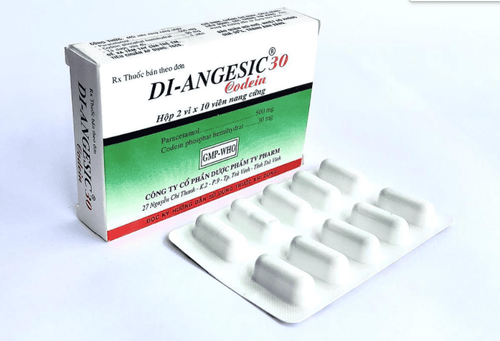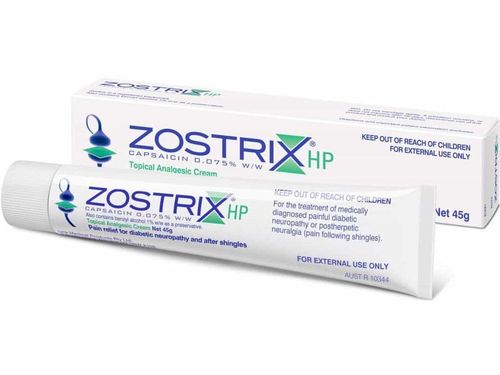This is an automatically translated article.
Sciatica causes severe pain, interferes with daily activities and significantly affects the patient's quality of life. This disease is not life-threatening. However, if not detected and treated promptly, the disease can also cause serious complications.
1. What is sciatica?
Sciatica usually affects one side of the lower body. Usually, the pain extends from the lower back through the buttocks to the back of the thigh and down one of the legs. Depending on where the sciatic nerve is affected, the pain can extend to the foot or even the toes.
Sciatica is caused when the sciatic nerve is pinched, usually a herniated disc or spinal spine ... Some other common causes include: lumbar spinal stenosis (narrowing of the spinal canal in the spine). lower back); disc degeneration (problems of the discs or between the discs and the vertebrae); spinal degeneration ; during pregnancy; muscle spasms in the back or buttocks; being overweight or obese, not exercising, wearing high heels...
Sciatica may go away on its own but if the pain is severe or doesn't go away see your doctor for a checkup. Sciatica can be treated with physical therapy, medication, or surgery.
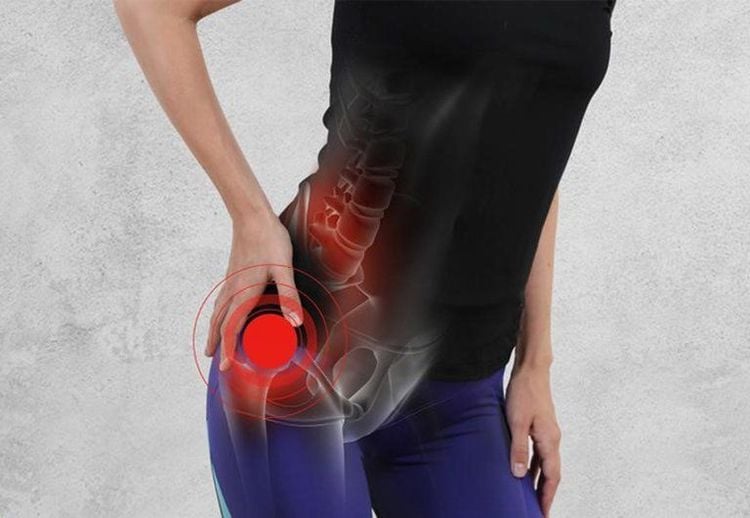
Đau dây thần kinh tọa gây ảnh hưởng đến cuộc sống hằng ngày của người bệnh
2. Diagnosis of sciatica
First, the doctor may ask the patient questions about the signs of back pain such as: is there numbness or weakness in the legs? At the same time, the doctor will try certain positions to see if the patient is uncomfortable or not? And the doctor will ask about all the treatments and medications used so far.
Next, the doctor will ask about habits in daily life such as: Do you do a lot of physical work, sit for a long time or do exercise... The doctor continues to give the patient Do a little test to see which nerve is causing the pain. In addition, the doctor will order some exercises to see if they make the pain worse. Examples include squatting, walking on heels and toes, lifting one leg while lying on your back...
If the pain is severe, the doctor will perform some imaging tests such as:
X-rays: X-rays of the spine can show bone overgrowth (bone spurs) that may be present. pressure on the nerve. MRI: This method typically uses a powerful magnet and radio waves to create cross-sectional images of the back. MRI produces detailed images of bones and soft tissues such as a herniated disc. CT scan: A CT scan of the spine can be seen, and a contrast dye may be injected into the spinal canal before X-rays are taken – a process called a myelogram. The dye will then circulate around the spinal cord and spinal nerves and will appear white when the X-ray is scanned. Electromyography (EMG). This test measures the electrical impulses produced by the nerves and the response of the muscles. This test can confirm nerve compression from a herniated disc or spinal stenosis. If your doctor diagnoses sciatica, it's probably good news because the pain can go away in a few weeks without the need for surgical intervention. In addition, your doctor may prescribe anti-inflammatory drugs or muscle relaxants. In addition, physical therapy or steroid injections can be used to help relieve the discomfort caused by sciatica. What's more, acupuncture and chiropractic treatment by a doctor are alternative treatments with many benefits.
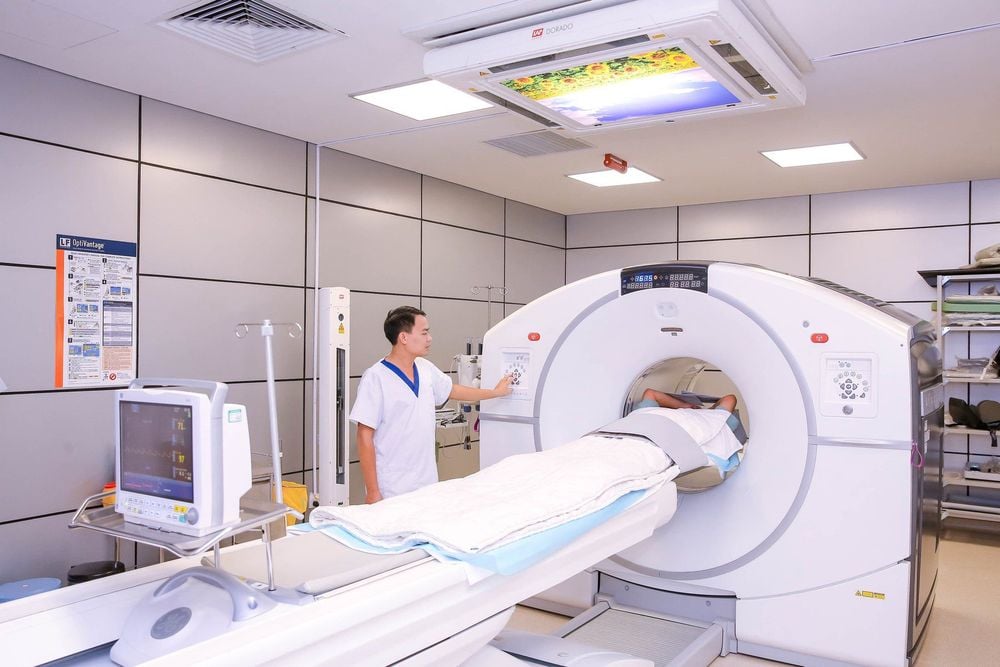
Chụp CT chẩn đoán bệnh đau thần kinh tọa
3. Sciatica treatment
Sciatica causes unpleasant pain and each person will experience the pain differently. There are many effective treatments for sciatica. However, most people with sciatica probably still need surgery. Besides, some people just need to rest and take medicine to get better within 6 weeks.
3.1. Non-surgical treatment
Most people with sciatica get better in a few weeks with home remedies. If the pain is quite mild and makes the patient unable to perform daily activities, the doctor will first recommend a combination of some basic solutions such as:
Physiotherapy: Maintain the habit of stretching and Exercise will help improve posture to reduce pressure on the sciatic nerve. Stretching the lower back can help relieve sciatica pain. Exercise: Inflammation may improve with movement. Therefore, a short walk can help relieve sciatica pain. Physiotherapists can make sure to guide you through the correct postures to reduce nerve damage. Limit bed rest. Use hot and cold patches: Using these patches on your lower back for a few days can reduce pain caused by sciatica. Alternative treatments: Many believe that alternative therapies such as yoga, massage, biofeedback, and acupuncture can help with sciatica Pain relievers: Patients always choose first. over-the-counter pain relievers such as acetaminophen and NSAIDs (nonsteroidal anti-inflammatory drugs) such as aspirin, ibuprofen, and naproxen. However, improper use and prolonged use can cause unwanted side effects.
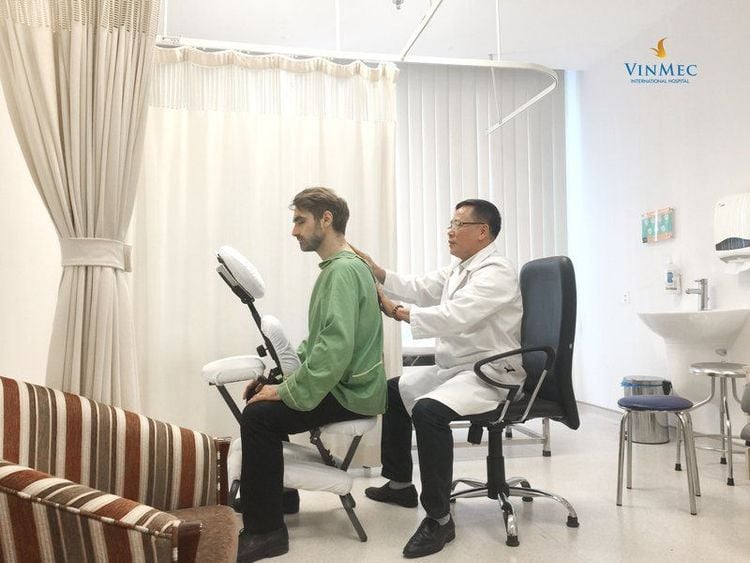
Áp dụng vật lý trị liệu trong điều trị đau thần kinh tọa
3.2. Surgery
When nonsurgical treatment fails, surgery is a last resort for about 5-10% of people with mild sciatica. If your sciatica is milder but it's still painful after 3 months of rest, stretching, and medication, you may need to talk to your doctor about surgery.
In rare cases, sciatica can cause cauda equine syndrome—a loss of bowel and bladder control.
The two main surgical options for sciatica are discectomy and posterior archectomy (spinal opening).
Discectomy: In this procedure, the surgeon removes whatever is pressing on the sciatic nerve, whether it's a herniated disc, bone spurs, etc. to remove the part that is causing the sciatica, but sometimes doctors have to remove the entire disc to correct the problem. During the surgery, the doctor may administer general anesthesia to help facilitate the surgery. Posterior archectomy (spinal opening): The thin membrane that is part of the bony ring that covers the spinal cord. During a fibroidectomy, the surgeon removes these membranes and any tissue that is pressing on the nerve that is causing the sciatica. Your doctor may administer general anesthesia to perform this surgery. After the surgery, the patient can walk comfortably. To register for examination and treatment at Vinmec International General Hospital, you can contact Vinmec Health System nationwide, or register online HERE.
Reference source: webmd.com
SEE MORE
Prevention of back pain and lumbar disc herniation Treating degenerative back pain in the elderly Can spina bifida be cured?




